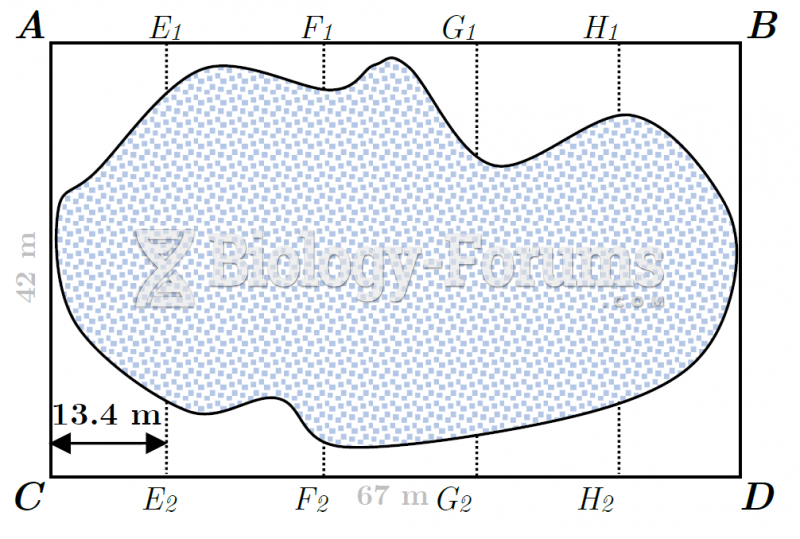Answer to Question 1
ANSWER: Contour lines are lines connecting points of equal elevation, and with regard to pressure readings this means that each contour line tells the altitude above sea level at which a certain pressure reading can be obtained. In areas where pressure surfaces dip rapidly due to the changing air temperatures the contour lines are crowded together, whereas in areas of little horizontal temperature change, there are also fewer contour lines. Although the contour lines are lines of constant height, they illustrate pressure (as do isobars) in that contour lines of low height represent a region of lower pressure and contour lines of high height represent a region of higher pressure.
Wind direction can be determined by studying the orientation of isobars or contour lines; its speed can be estimated from the spacing of the isobars. If we know the isobar or contour patterns on an upper-level chart, we also know the direction and relative speed of the wind, even for regions where no direct wind measurements have been made. Similarly, if we know the wind direction and speed, we can estimate the orientation and spacing of the isobars, even if we dont have a current weather map.
Answer to Question 2
ANSWER: Winds aloft in the middle latitudes of the Northern Hemisphere tend to blow in a west-to-east pattern due to the pressure gradient force and the Coriolis force (which bends moving air to the right in the Northern Hemisphere). In the Southern Hemisphere, just as in the Northern Hemisphere, the winds aloft blow because of horizontal differences in pressure. The pressure gradient force in the Southern Hemisphere is directed southward and starts the air moving south. Then the Coriolis force bends the moving air to its left, until the wind is blowing parallel to the isobars from the west. Hence, in the middle and high latitudes of both hemispheres, we generally find westerly winds aloft.







